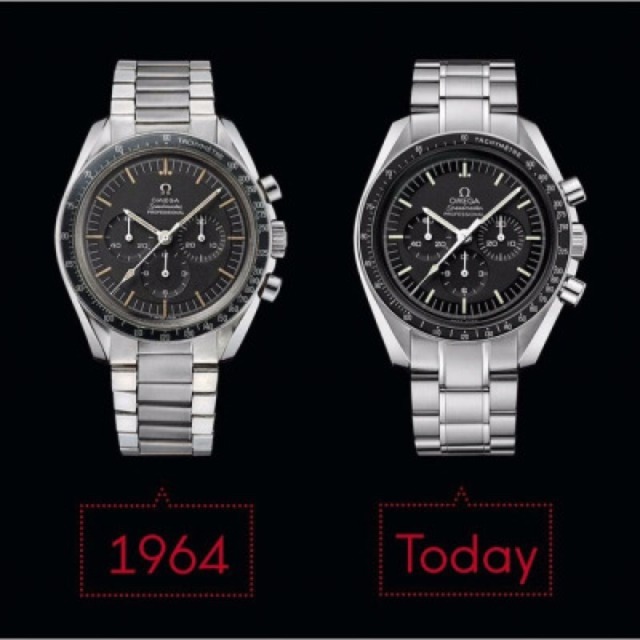

With a user-friendly interface and a comprehensive database of milestones, traditions, and achievements, Greektory aims to keep the essence of Greek life alive throughout the years. “Greektory was designed to fill the many communicational voids amongst organizations while continuing to focus on the social aspects of the communities they serve,” Ronard Green affirms, underscoring the app’s significance in safeguarding the legacy and values of each fraternity and sorority for generations to come. By utilizing shared interests, experiences, and geographic proximity, Greektory works to promote a sense of unity that transcends traditional distinctions among different Greek organizations. Greektory’s features have been formed to empower fraternities and sororities to build stronger bonds within their chapters while fostering broader connections beyond the confines of individual organizations. These functions help enhance relationships amongst organizations and keep members involved with their communities,” states Ronard Green. “This app provides Greeks with a platform to search and connect with organization members based on location, industry, previous line, and much more. Rooted in a deep passion for enhancing relationships and bridging gaps amongst organizations, the app is attempting to be an all-in-one solution to many long-standing communicational challenges. In fact, research suggests, counter-intuitively, that highly cushioned shoes increase, rather than decrease, the impact of running at higher speeds.The brainchild of Ronard Green, Matthew Plunkett, and Bruson Ovil, all members of prominent Black fraternities, Greektory created a digital approach to networking, event planning, and community engagement. Unfortunately, there is little evidence it improved running for anyone. The result was the iconic Nike Air series. Using an old Nasa method for creating astronaut helmets, known as blow rubber moulding, he created heel cushions of trapped inert gas in polyurethane plastic. But it was former aeronautical engineer, M Frank Rudy who took them to superstardom. In the 1970s, they shot to fame after inventing a new type of sports shoe with a cushioned heel. Not everything with a Nasa reference constitutes a scientific breakthrough, even if the reference is genuine. In 2017 the brand claimed its ‘wearable carbon healing stickers’ were based on technology from Nasa space suits, despite Nasa not even using carbon material in their suits.

One example is Goop, Gwyneth Paltrow’s lifestyle brand. If something began at NASA, it must be good and some companies have exploited this.
NASA OMEGA FULL
They’re so ubiquitous they have become a symbol of aid during humanitarian disasters.Īnd the list of tech that produced giant leaps for mankind goes on: better water-purification systems, safer land mine removal for war zones and microcapsules for cleaning up oil spills all have strong links to Nasa research.ĭownload this worksheet from the Education in Chemistry website: rsc.li/2X60KWp Full of hot airįor many, Nasa represents Science with a capital S. Consequently, space blankets are now a staple in first aid and disaster kits all over the globe, saving lives by preventing and fighting hypothermia. It was quickly realised this material could protect humans as well as spacecraft. Back in 1964, Nasa first developed it for heat control on spacecraft by coating PET films with extremely thin layers of aluminium. Now, a NASA spin-off company extracts the acids from microalgae so they can supply over 90% of infant formula sold in the US, making babies healthier and smarter across the country and the world.Īnother crucial discovery was the space blanket. Babies fed on formula without these fatty acids have poorer cognitive skills and worse eyesight compared to breastfed infants. Microalgae contain special fatty acids that are key ingredients in human breast milk: an omega-6 fatty acid called arachidonic acid (ARA) and an omega-3 fatty called acid docosahexaenoic acid (DHA). While studying the organism they found these algae were also useful in an unexpected setting on Earth. One such invention came from Nasa’s experiments on microalgae, a crop they could grow easily and compactly in space to feed humans. Now a staple in first and aid and disaster kits all over the world, the material in the blankets was originally designed for heat control on spacecraft

What Nasa has given us: space blankets for one.


 0 kommentar(er)
0 kommentar(er)
